All about protective clothing
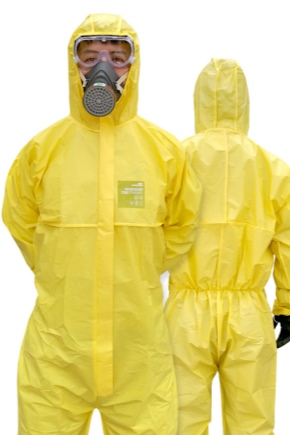
ZFO means "protective functional clothing", this decoding also hides the main purpose of the workwear - protect the employee from any occupational hazards. In our review, we will talk in more detail about the main features of using special clothing, its varieties and the intricacies of choosing certain models depending on the working conditions.
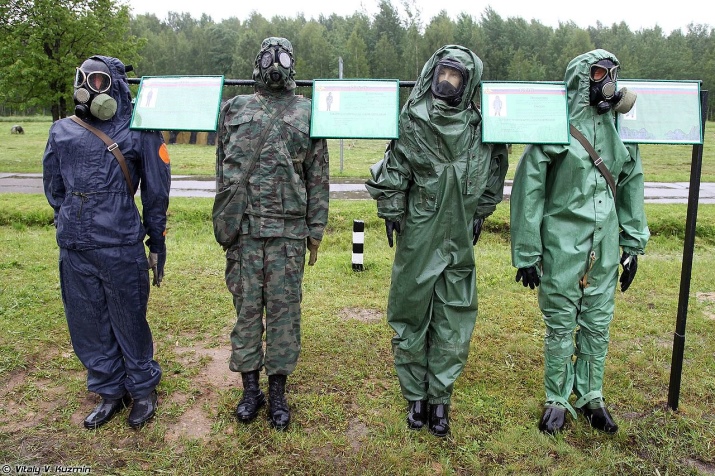
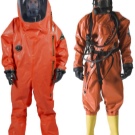
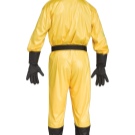
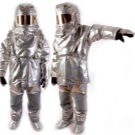


Peculiarities
ZFO was originally designed to protect employees industrial and construction professions, whose labor duties are associated with danger to health and life.
Special clothing protects workers from the dangerous effects of external unfavorable external factors, which is why when sewing it to order or buying it, be sure to ensure that the products met the following basic requirements exactly.
- Loose fit - overalls, trousers and jackets should not restrict movement, an employee, performing his job duties, should not feel discomfort.
- Functionality - protective clothing can be additionally equipped with straps, carabiners, patch or built-in pockets to improve ergonomics.
- Good physical characteristics - ZFO should be easy to wash, have dirt-repellent properties and not get wet in the rain.
- Thermal conductivity - when working in winter, the fabric should protect a person from heat loss, and in the summer it should absorb and remove all excess moisture, while maintaining full air exchange.
- Wear resistance - any overalls should be sewn from durable materials that will protect the employee from minor injuries and mechanical damage.
- Unlike everyday clothes, overalls are sewn in such a way that one identical suit can be worn by two people of different builds, so visually they usually Oversized.
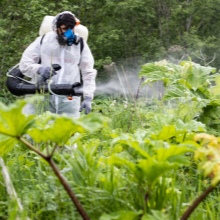
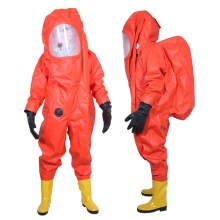
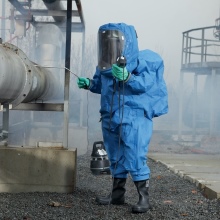
The main categories of the Western Federal District include the following.
- Jumpsuits, jackets and trousers - they can be used both indoors and outdoors. Winter models are available from insulated materials, as well as options from lightweight fabrics.
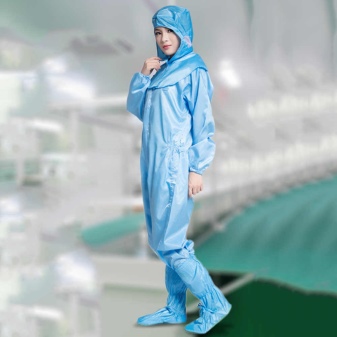

- Special footwear - the most important element of working overalls, used to protect the worker from mechanical damage, electric shock, low or high temperatures, protects feet from dirt.
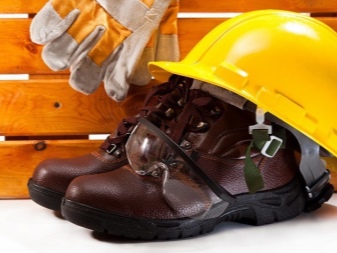
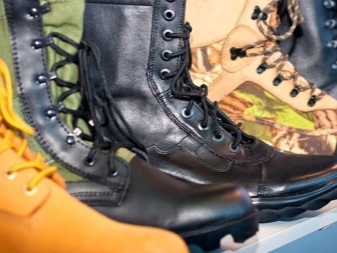
- Gloves and mittens - most of the work related to manual labor is done by hand. They bear the greatest loads, so they need to be additionally protected. Usually, several types of gloves are used to protect hands - they can be chemically resistant, waterproof, dielectric, and also insulated.
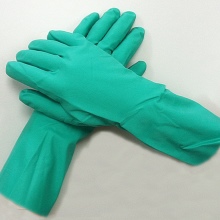


- Hats - this category includes baseball caps, hats, caps, and helmets. In summer, they protect the head from heat and overheating, and in winter - from snow and frost.
If there is a high risk of mechanical damage, as is the case on construction sites, then instead of ordinary hats, strong helmets are used.
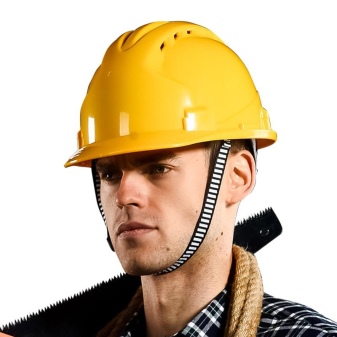

- The elements of additional protection are respirators, masks, shields, goggles, headphones and gas masks.

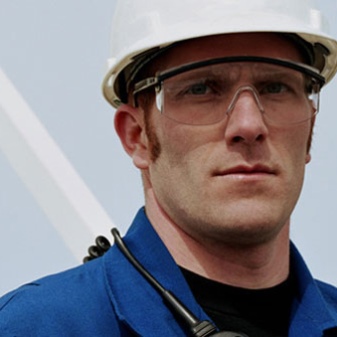
Please note that no clothing can provide 100% protection, no matter how high quality and practical it may be. Wearing a ZFO does not relieve the employee from the obligation to comply with safety standards in person.
Overview of types and classes of protection of workwear
There are several types and classes of protective clothing, depending on the type of threats.
- Thermal - involves protection from high temperatures, such a ZFO is especially relevant for welders and metallurgists. Commonly used in this area are overalls made of fire-resistant materials that cover the entire body of the worker.

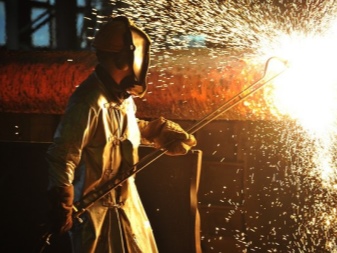
- Chemical - used in contact with acids, alkaline solutions, oils, gasoline and other aggressive substances that can cause burns and tissue damage. Usually used in some industries, as well as in laboratories.
Such clothing is made from chemical resistant materials and additional equipment is used in the form of glasses, respirators and gloves.

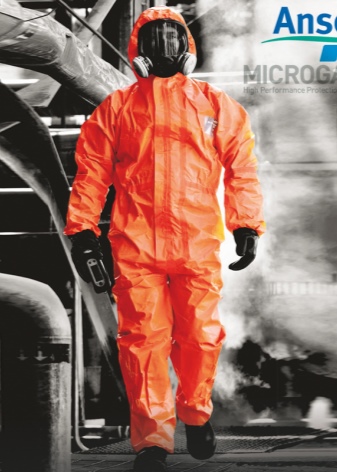
- Electric - when working with any equipment on an electric arc, there is always a risk of electric shock to the worker. In order to protect yourself from injury, special equipment is sewn that does not conduct current well. Usually such protective clothing includes special gloves, boots or galoshes.

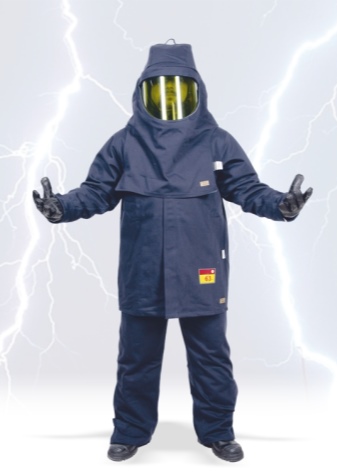
- Physical - in any production, such dangerous factors as objects with sharp edges, chips flying at a speed and other phenomena are not excluded. They cause bruises, scrapes and cuts. In such conditions, different types of workwear are used - usually these are suits and overalls made of especially durable fabrics, as well as additional means in the form of glasses and masks.
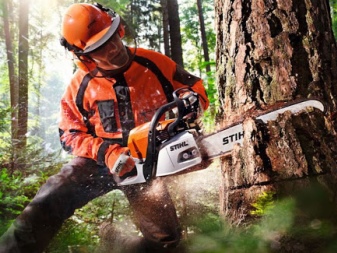
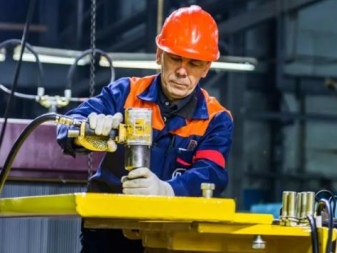
- Biological - this type of threat is usually faced by workers in laboratories and medical institutions.
Properly selected equipment can minimize the likelihood of contracting dangerous diseases.


Overalls can be like this:
- Signal... Such ammunition is used by traffic police officers, as well as representatives of road services. Reflective stripes are the main element of such workwear, thanks to which maximum visibility is ensured in the dark.


- From mechanical stress. To designate this category of overalls, the ZMI marking is used, which means "protection against mechanical damage".
This type of clothing protects the employee's skin from punctures and cuts, and protects the head from being hit by heavy objects. As a rule, it includes a jumpsuit made of extra dense fabric and a helmet on the head.

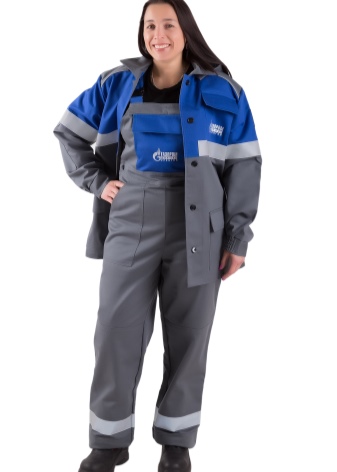
- From slipping... When choosing anti-slip clothing, special attention should be paid to safety shoes, in particular, its soles. In order to provide the worker with maximum adhesion to wet, dirty or icy surfaces_, oil-resistant and frost-resistant materials are used.
The outsole is usually protected by deep treads and sometimes even studs.
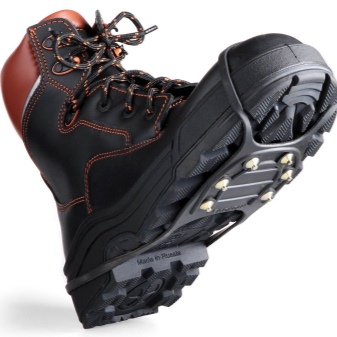

- From high temperatures. Such clothes are sewn from materials with increased parameters of fire resistance and strength. The material must withstand ignition for 40 seconds. Additionally, such clothing is supplied with gloves.
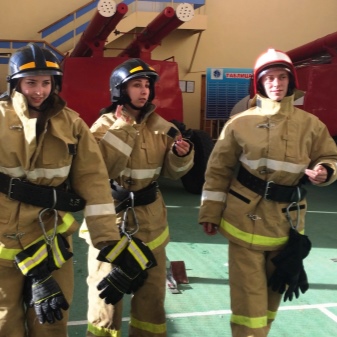
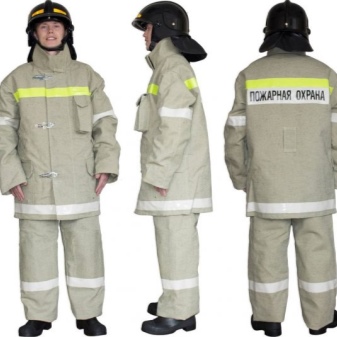
- From low temperatures. Overalls used in cold weather are designed to protect the body of an employee from frostbite, so a set of insulated jacket or raincoat, pants, overalls and, of course, mittens are used here.
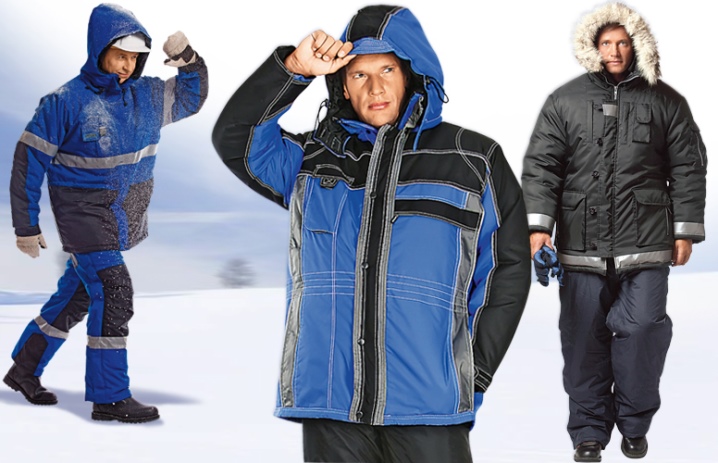
- From radioactive and X-ray radiation. The Western Federal District, designed to withstand X-ray and radioactive exposure, necessarily includes overalls, gloves, and special footwear. Overalls are usually made of vapor- and air-permeable fabric, in the pockets there are insert plates made of metals that absorb radioactive radiation. The absorption coefficient should correspond in its power parameters to the dose of the received radiation.
Such clothing provides maximum radiation protection, including from ionizing radiation in places with high radiation.
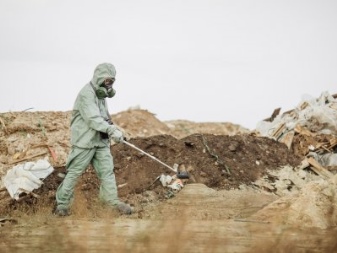
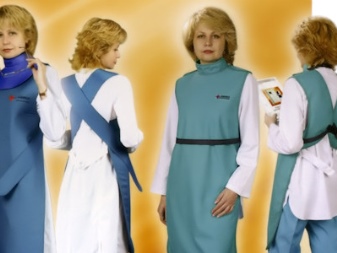
- From electric current, electrostatic charges and fields, electric and electromagnetic fields... An indispensable condition for admission to work on the electric arc is the wearing of special clothing that protects against electric shock. Such ammunition includes shoes with rubberized soles, as well as heat-resistant gloves made of dielectric material.
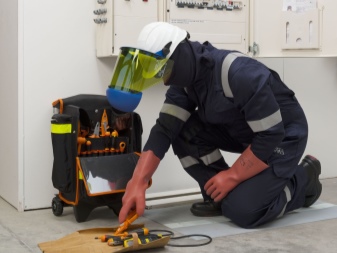

- From non-toxic dust. These garments are designed to protect you from the most common types of contamination - dust, oil and water. The form is made of filtering cotton, easily washable materials.
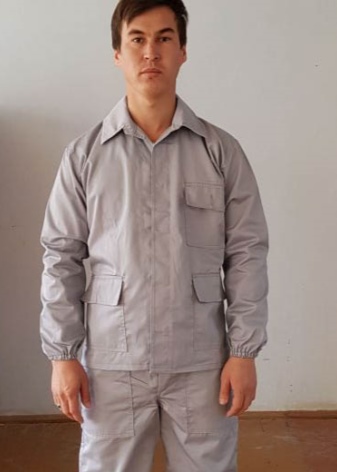
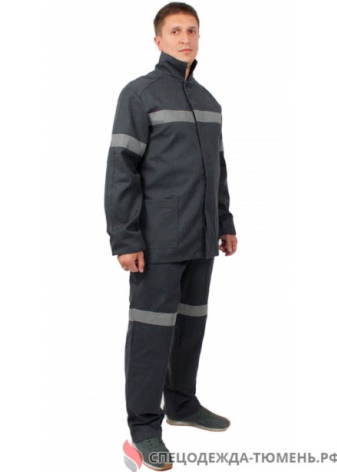
- From toxic substances. Suits that protect against industrial poisons include overalls made of air and vapor permeable material, as well as a helmet with a sight glass. A distributor is provided here, supplying clean air under the clothes.
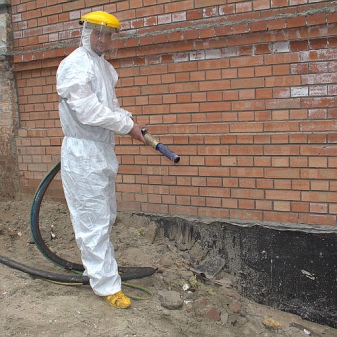
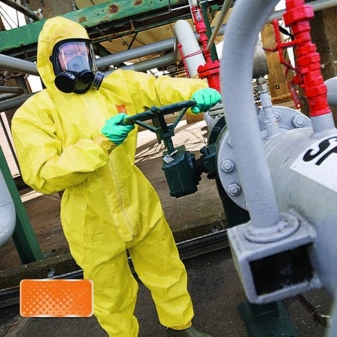
- From water and solutions of non-toxic substances. Workers need waterproof clothing to carry out their work duties in the rain. Such clothes are made of waterproof materials, and in order to maintain the maximum tightness of the seams, they are covered with nylon.
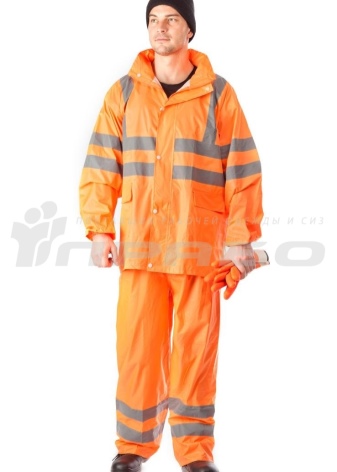
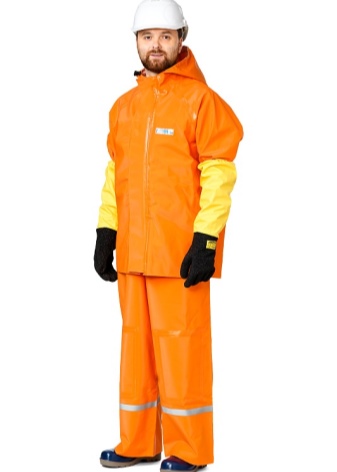
- From acid solutions. Such overalls are designed to protect the employee from aggressive acidic agents, it is mandatory for any employees of enterprises engaged in the manufacture of household chemicals, fertilizers and medicines.
Usually clothes are used together with additional protective equipment: shoe covers, aprons, glasses and gloves.

- From alkalis. Special suits that protect against alkalis can be disposable or reusable, depending on the protection class. For example, class 1 includes disposable models, they are sewn from nonwoven materials, they are lightweight and yet strong enough to withstand the action of weakly concentrated alkaline solutions, in which the proportion of caustic matter does not exceed 20%. To work with more aggressive environments, class 2 overalls are used.
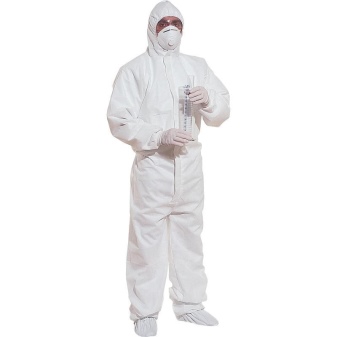

- From organic solvents. When choosing overalls for protection against organic solvents, all the same rules apply that apply to the Western Federal District against acids and alkalis. Additionally, a respirator or gas mask can be used here.
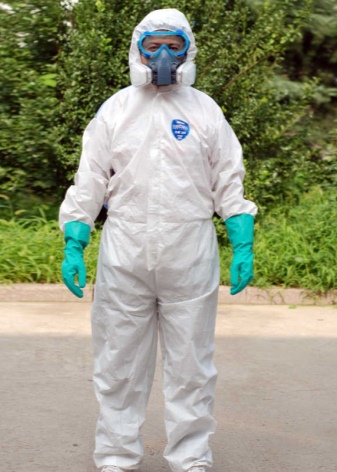
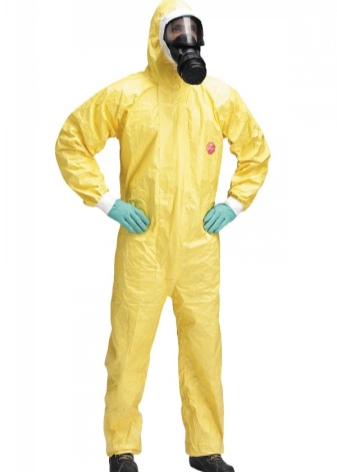
- From oil, petroleum products, oils and fats. Oil and oil protective clothing protects the skin of workers from oils, gasoline, petroleum, aromatic hydrocarbons and some types of solvents. It is usually made from high-density materials made from linen or mixed fibers.


- From general industrial pollution... For the manufacture of general workwear, cotton or woolen fabrics are used, the use of synthetic fibers is allowed.
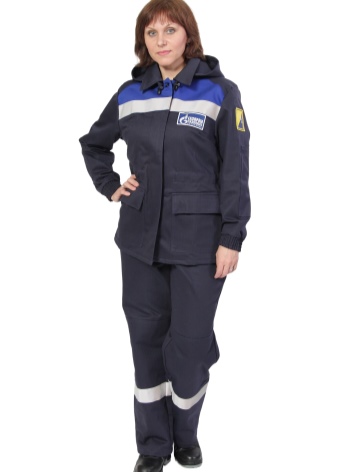
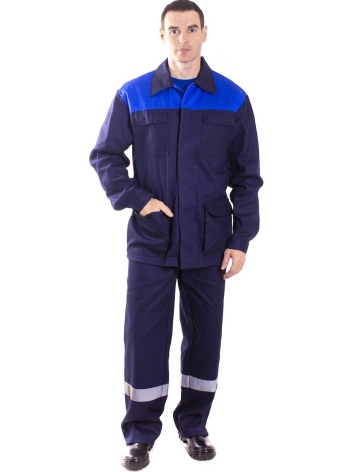
- From harmful biological factors. Such clothing presupposes protection of all parts of the body, namely, it includes overalls, safety shoes, gloves, a mask, as well as a system that purifies the inhaled air - a respirator or gas mask.
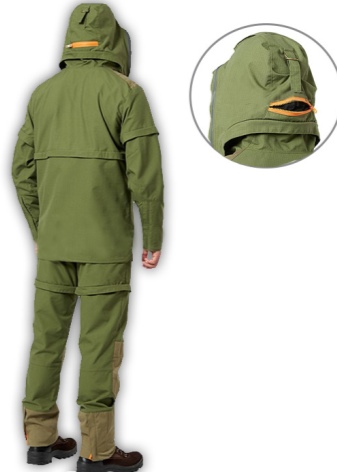
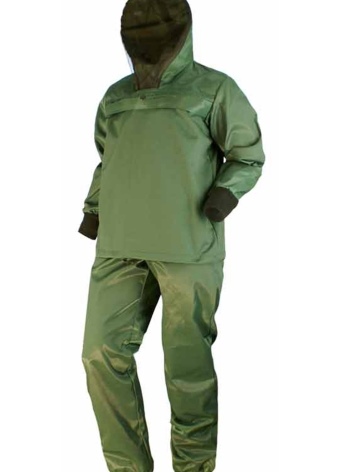
- Against static loads. To protect the body from static loads, only cotton or woolen clothing is used, the use of greatcoat cloth and asbestos fabrics is allowed.
Usually the canvases are made reflective, for this their surface is treated with the thinnest layer of aluminum.
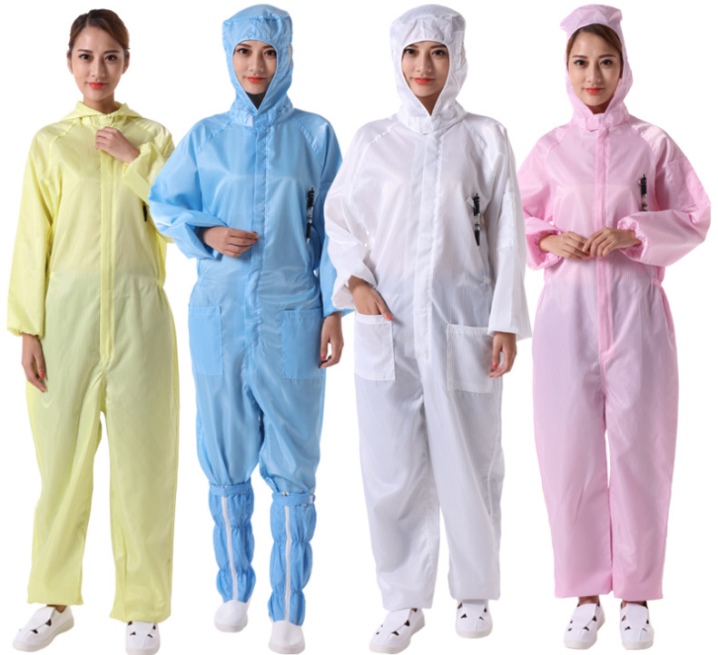
Terms of use
In accordance with the current legislation of the Russian Federation and the standards established in the territory of our country, Personal protective equipment must be issued without fail to the following categories of workers:
- foremen and foremen performing the duties of a foreman;
- any construction and production workers whose duties in one way or another involve the risk of injury.
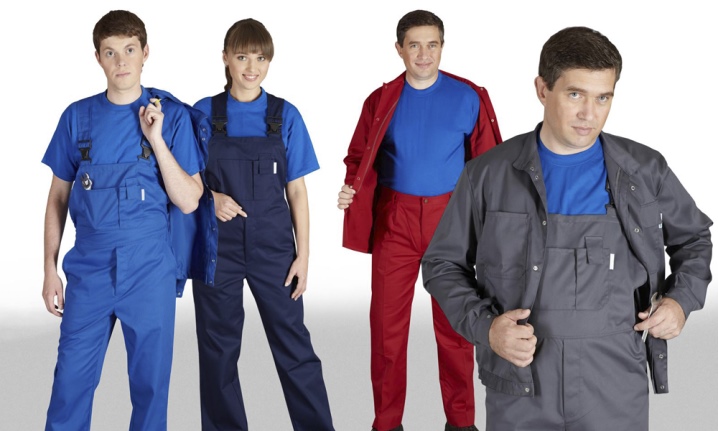
If an employee at the enterprise combines several specialties at once or performs various functions, he is equipped with personal protective equipment provided for each of these professions. We draw your attention to the fact that any ZFO has its own operational period, it starts counting from the moment of their actual issue. The duration of this period is established by a decree of the Ministry of Labor of the Russian Federation and current industry standards and depends on the type of work performed. The period of wearing workwear also includes the period of storage of winter clothing in a warm season.
ZFO is subject to mandatory certification, the certificate is valid for 3 years, and during this period the overalls may be subject to additional checks.


When is it prohibited to use?
It is strictly forbidden to use overalls that have all signs of physical wear and tear or mechanical damage. Wearing discarded clothes is not allowed. Wearing overalls outside of working hours is prohibited. An employee cannot begin to perform his duties if the labeling of the ZFO is intended to protect against the danger of those groups that do not correspond to the actual ones.
For example, clothing that protects against mechanical damage cannot be used when working with radiation, electrical appliances or chemical solutions.
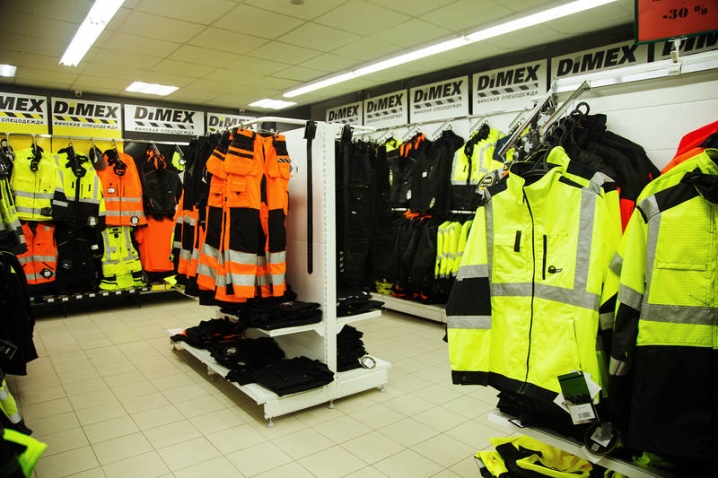
For an overview of protective clothing, see the following video.













The comment was sent successfully.